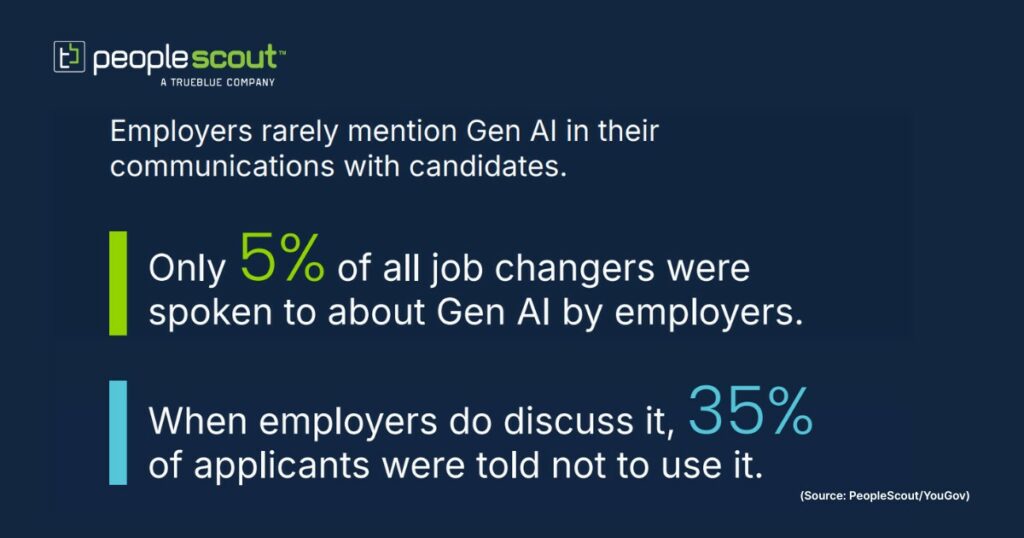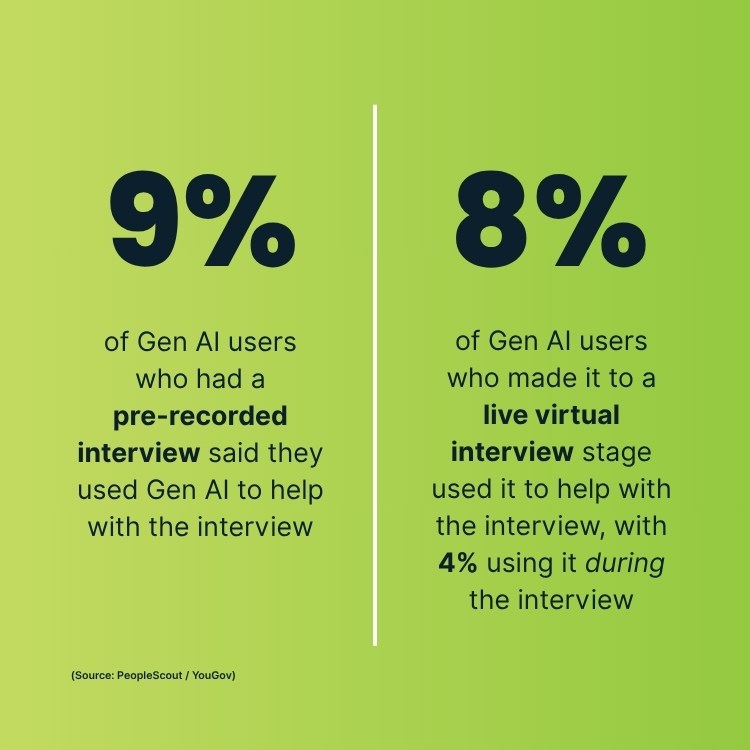In the competition for talent, traditional recruitment marketing tactics are losing their edge. Job seekers have become increasingly skeptical of polished corporate messaging, with 92% of candidates trusting employee recommendations over traditional advertising, according to Nielson. The solution? Implementing employee advocacy in recruitment marketing creates compelling, trust-building campaigns that resonate with top talent.
Why Employee Advocacy Should Be Central to Your Recruitment Marketing
Employee advocacy transforms your recruitment marketing from corporate speak into authentic storytelling. A strong employee advocacy program doesn’t just amplify your employer brand—it lends it credibility. When your employees become brand ambassadors, they extend your recruitment marketing reach exponentially, tapping into their personal networks and professional communities with messages that carry genuine credibility.
When a software engineer shares their firsthand experience working on innovative projects, it carries far more weight than a corporate blog post touting “cutting-edge technology.” And in the competition for top talent, authenticity can be one of your biggest advantages.
Building Your Employee Advocacy Marketing Foundation
Audit Your Current Culture and Messaging
Before launching employee advocacy in recruitment, assess whether your workplace culture can authentically support the marketing messages you want to promote. Your advocacy marketing will only be as strong as the employee experience behind it.
Key culture elements that support effective advocacy marketing:
- Clear mission and values that employees genuinely connect with
- Recognition programs that create positive employee experiences worth sharing
- Transparent leadership communication that builds trust
- Inclusive practices that ensure diverse voices in your marketing
- Work-life balance support that employees want to recommend to others
When employees believe in your mission and feel valued for their contributions, they’re more likely to become powerful advocates.
Identify Your Marketing Champions
Not everyone will raise their hand to be an advocate—and that’s okay. Focus instead on finding your “natural evangelists”—those already speaking positively about your organization in person and online.
High-impact advocate profiles:
- Social Media Influencers: Employees with strong LinkedIn presence or industry following
- Content Creators: Natural storytellers who can produce blog posts, videos or social content
- Event Ambassadors: Charismatic representatives for career fairs, industry conferences and networking events
- Referral Marketers: Well-connected employees who can tap personal networks
- Thought Leaders: Subject matter experts who can build brand authority through industry insights
Develop Authentic Storytelling Campaigns
The best recruitment content doesn’t feel like recruitment at all—it simply tells the human stories behind the brand, offering candidates an authentic glimpse into life at your organization. Instead of vague claims about a “great culture,” show what your culture actually looks like. Share a day-in-the-life perspective of employees across different roles, illustrating how they spend their time, the challenges they tackle and the people they collaborate with. Dive into career journey narratives that highlight real growth—how someone started in an entry-level role and advanced to a leadership position, and what opportunities, mentorship or stretch projects helped them get there.
You can also give candidates a peek behind the curtain with casual glimpses of team celebrations, brainstorming sessions or community involvement. These moments help humanize your brand and build a sense of connection. And don’t overlook stories of perseverance—featuring how employees overcame obstacles, contributed to meaningful projects, or reached major milestones can showcase your organization’s commitment to employee success.
Choose Marketing Channels That Maximize Reach
Bringing these stories to life requires a format mix that feels natural to your employees and engaging to your audience. Short, candid video testimonials are especially powerful on social media, allowing employees to speak directly to camera in their own words. Social media takeovers—where an employee shares their experiences throughout the day on Instagram or LinkedIn—can offer unfiltered insights while boosting visibility and reach.
Project-based content, such as showcasing a cross-functional team tackling a real business challenge, puts your values of collaboration and innovation on full display. And don’t forget professional development moments—whether attending a conference, completing a certification or leading a lunch-and-learn, these snapshots reinforce your investment in growth and learning.
4-Step Implementation Strategy for Employee Advocacy in Recruitment Marketing
1. Establish Your Advocacy Marketing Framework
Before launching your advocacy program, set a strong foundation with a structure that encourages participation while respecting employee comfort levels. Start by making participation voluntary—advocacy should be authentic, not obligatory. Provide employees with talking points, content ideas and technical support to help them share their experiences confidently, without scripting their voices. A streamlined approval process can ensure brand consistency while preserving the genuine perspectives that make advocacy so effective. Finally, consider offering optional training on social media best practices and personal branding to help employees feel prepared and empowered.
2. Incentivize and Recognize Recruitment Marketing Contributors
The most effective advocacy programs celebrate employee contributions in meaningful ways. Go beyond transactional rewards and focus on recognition that supports professional growth. Featuring advocates in company communications, leadership presentations or internal awards can reinforce how much you value their efforts. You may even consider advocacy contributions in performance reviews and career development discussions.
Provide flexible ways to participate—some employees may prefer creating social content, while others may shine as interview panelists, mentors or referral champions. The key is meeting advocates where they are and acknowledging their impact.
3. Amplify and Scale Your Marketing Reach
Once you’ve built your foundation, it’s time to expand your program’s visibility. Encourage employees to engage with and share company content on platforms like LinkedIn, where professional voices carry extra weight. Provide resources to help them optimize their profiles and position themselves as brand ambassadors.
Tie advocacy to your referral program for an added incentive, and consider organizing employee-led features to keep content fresh and engaging. The goal is to create a flywheel of content, visibility and engagement powered by real employee stories.
4. Measure Marketing ROI and Optimize
To ensure long-term success, regularly track how your advocacy efforts impact your recruitment marketing outcomes. Monitor social media metrics such as reach, engagement, hashtag usage and follower growth driven by employee content. On the recruitment side, assess application quality, referral success rates, time-to-hire improvements and cost savings.
Don’t stop at the numbers—gather employee feedback to understand what’s working, what could be improved and how they’d like to participate going forward. This feedback loop ensures your program stays authentic, relevant and aligned with both employee and business goals.
The Future of Employee Advocacy in Recruitment Marketing
With recruitment increasingly digital and candidates becoming more discerning, employee advocacy will become essential to recruitment marketing strategy differentiation. Organizations that successfully integrate authentic employee voices into their recruitment marketing don’t just fill positions—they build talent communities and bring your employer brand to life.
The most effective programs seamlessly blend employee authenticity with strategic marketing objectives, creating campaigns that feel genuine while driving measurable business results. When your employees become passionate brand ambassadors, they transform your recruitment marketing from promotion to inspiration, attracting candidates who don’t just want jobs—they want to join a mission.
In the age of AI and automation, human stories become your most powerful marketing differentiator. Employee advocacy in recruitment marketing ensures you remain both scalable and authentically human.










